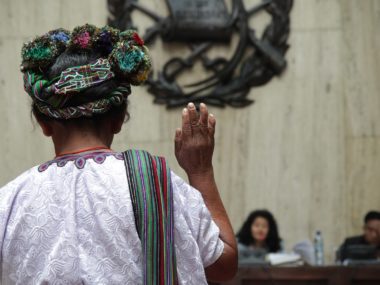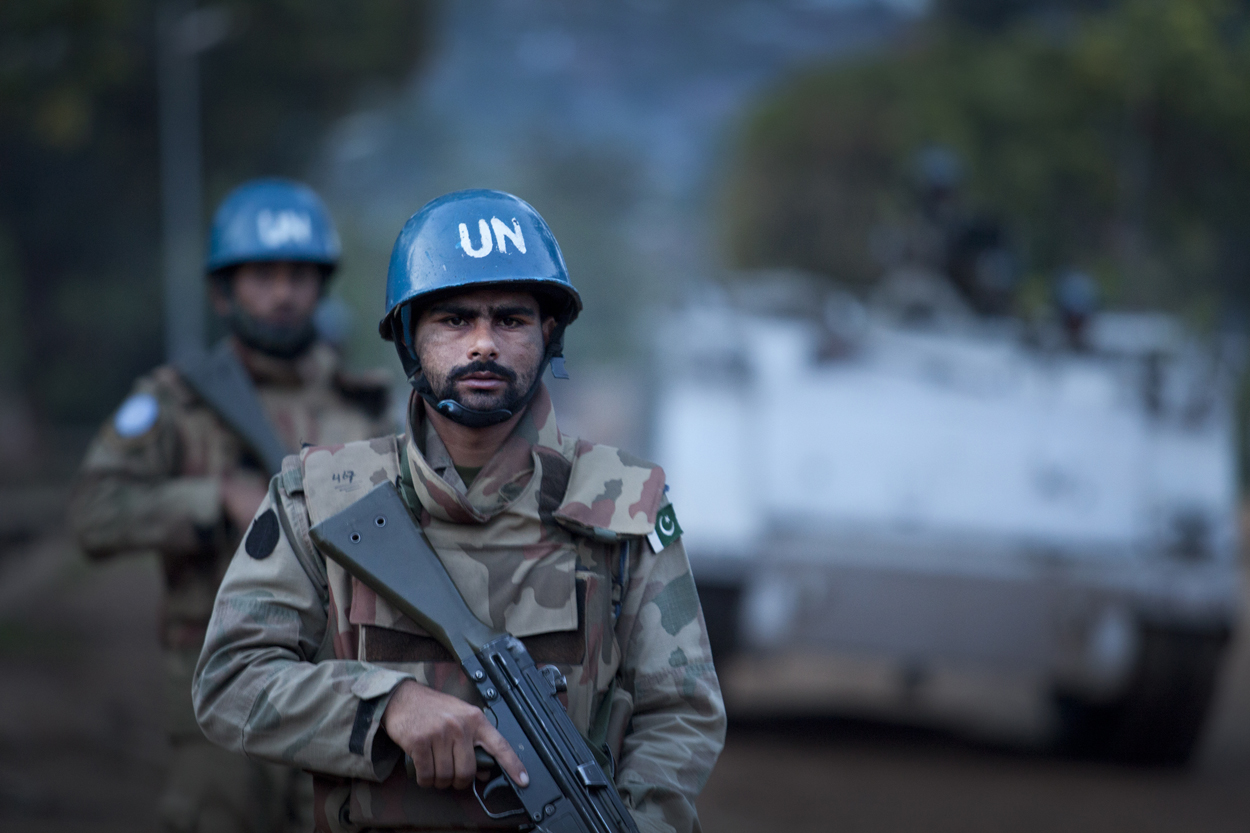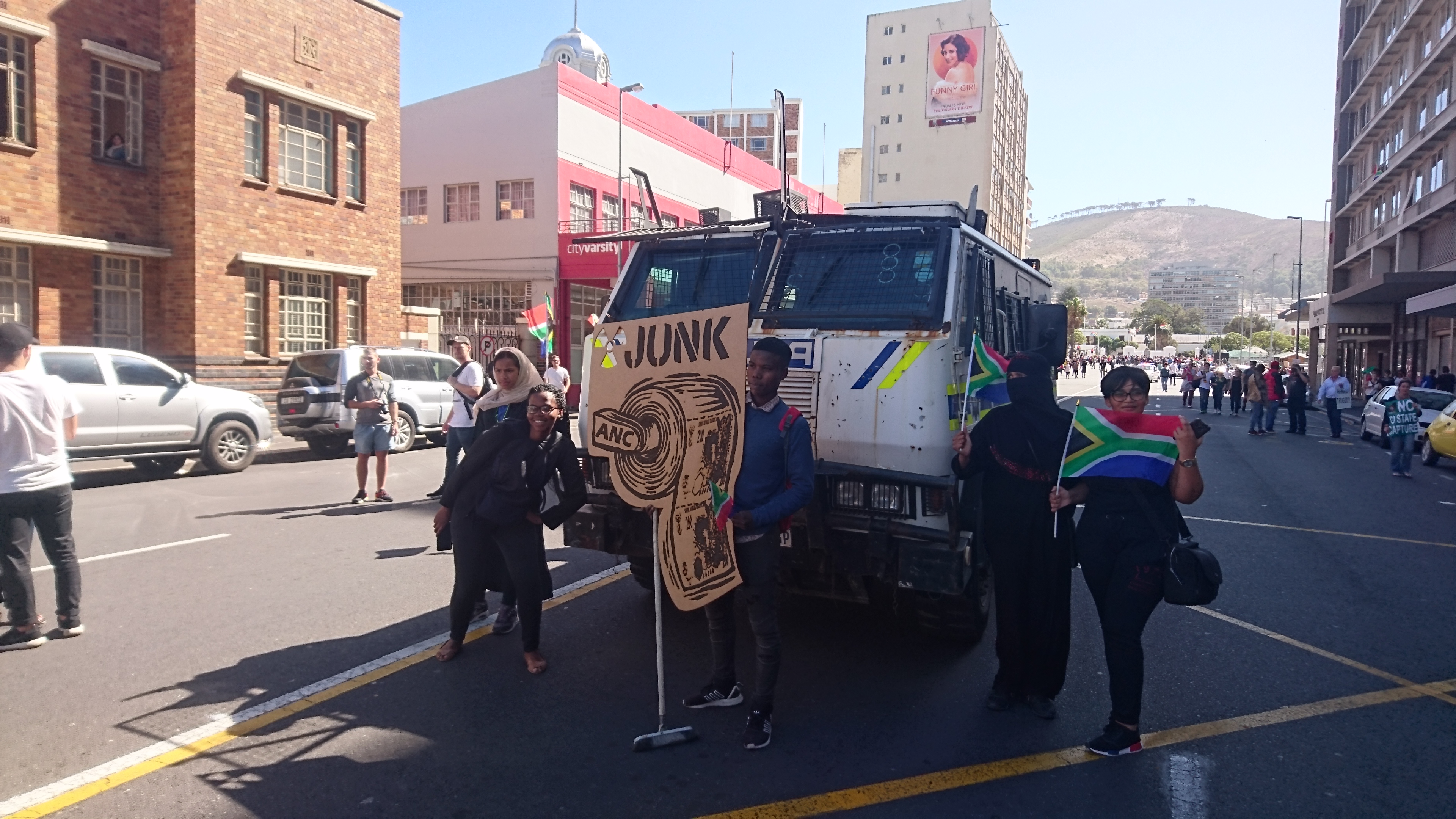By Oliver Kaplan for Denver Dialogues.
When Malala Yousafzai was shot by the Taliban in Pakistan in 2012, the Pakistani public was in an uproar. What’s more, Muslim clerics shamed the Taliban for contravening Islamic precepts—for acting inconsistently with their prior commitments. When one thinks of rhetoric, images of blustering talking heads on cable TV can come to mind—that talk is “cheap.” But rhetoric is also used to hold political candidates accountable for their prior positions and call out their inconsistencies.
Beyond political punditry, I argue that rhetoric can be used in occasions of high-stakes politics as well. I describe how civilians use what I call “rhetorical traps” and negotiation techniques to protect themselves during war (appearing in a wonderful special issue of the Journal of Peacebuilding and Development edited by Cécile Mouly and Juan Masullo).
Rhetorical traps during war often happen out of sight, so well-documented cases are thus few and far between. Still, several illustrative examples, such as the response to Malala’s assault, stand out and are instructive. I found a key example from the Colombian civil war recounted by Colombian anthropologist Wieldler Guerra Curvelo (translated by the author). In his story from 1998, the Popular Liberation Army (EPL) guerrillas kidnapped a young Wayuu Indigenous woman for extortion. An Indigenous delegation went to negotiate with the commander, who was being held in prison, and one of the elders said:
We’re guessing you’re no fools, so she must have committed some transgression against you. Tell us if she stole some goats or hurt a member of your family, because we’re simple people and compensate for our youths’ misdeeds. We can’t believe your forces would abduct a helpless woman for no reason. What bravery can a fighter who does that presume to have? It can’t just be to get goods… Among us, being rich is to… give one’s sheep or help a sick neighbour… How sad to meet under these circumstances, when you could have been a guest in my humble abode and I would have sacrificed my best goat for you.
There are a few key elements to rhetorical traps like these. They often invoke the psychological concept of cognitive dissonance to emphasize inconsistencies between commitments and actions in order to impose costs on the target actor. In other words, they make armed groups feel like crap. Yet, they also encourage desired changes in behavior by offering actors paths to make their behaviors more consistent with their actions—a way out.
Rhetorical traps may draw the attention of outside audiences (to shame) or may be more directly targeted at the interlocutor (to change). They may be more practical when armed actors have a willingness to dialogue. If armed groups have made prior commitments (e.g., announced codes of conduct), they may also be more persuadable using rhetorical traps. However, there may be a fine balance, since communities could provoke backlashes if the rhetoric is perceived as antagonistic.
Rhetoric and argumentation are under-studied options in nonviolent civilians’ toolkits. Sure, telling off victimizers may be gratifying, but, if done right, it may also work to persuade. These examples of rhetorical traps encourage us to look beyond protests, boycotts, and other more visible go-to strategies of nonviolent activists. As a relatively newly observed technique, the effectiveness and conditions of rhetorical traps can benefit from further study.
What’s your take on the power of rhetorical traps? Have you seen other examples of effective protection using these techniques?







